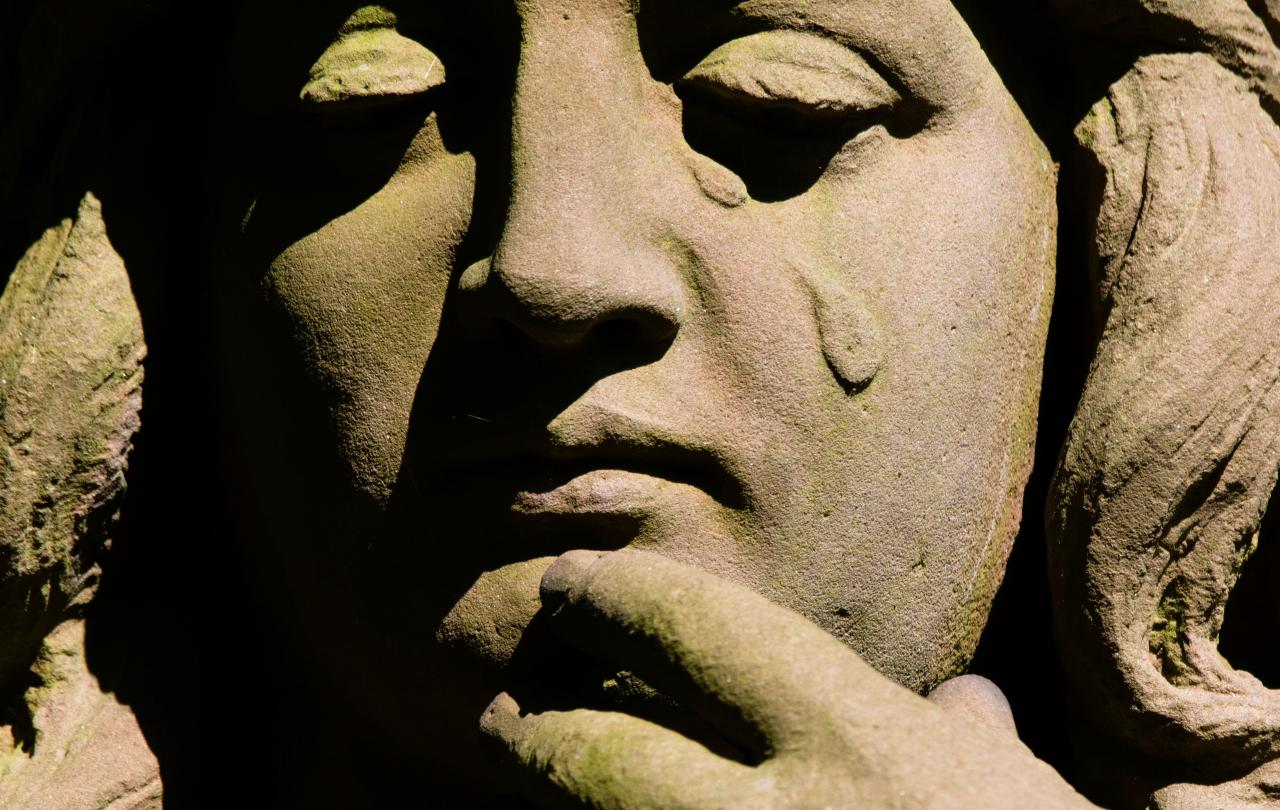
‘More young men turned up at church for the first time this morning.’
‘Suddenly our pews are filled with twenty-somethings.’
‘A new family is coming on Sundays. Their teenage daughter has been dragging them along.’
I can believe it.
If you’ve heard similar things about church congregations over the past few years, you’re likely to have heard the same caveat: anecdotally, of course. These conversations have long been coloured with an undertone of confusion and uncertainty.
The Bible Society has released a landmark piece of research that has uncovered the data to back up these anecdotes about growth in churchgoing in England and Wales. The Quiet Revival is based on findings of a survey of adults in England and Wales in 2018 and 2024, undertaken by YouGov.
This set of robust data supports that anecdotal swell around church engagement in recent years, particularly among young men. It evidences a growing Church, the increased positive impact of it in communities, and spiritual openness among the young. It paints a picture of an multi-ethnic and multi-generational Church that is transforming alongside an ever-evolving cultural landscape and a shifting national understanding. This is exciting stuff.
The report identifies a general increase of people who go to church at least once a month and call themselves a Christian from 8 to 12 per cent. It presents a radical shift among young adults between 18-24, all within the Generation Z cohort, as being more likely to fit this definition of churchgoers than any generation except for those over 65. In a further reversal of norms, the research sees men as more likely to attend church than women across most ages, but especially among under-35s. Critically the report outlines that this is ‘not a case of young men joining while young women are leaving’, but of mutual increase in church attendance.
It seems that, just maybe, Christianity is cool.
Gen Z are the most likely to believe in God and to pray regularly. Just under two-thirds would be happy for a Christian friend to pray for them, and 47 per cent of non-churchgoing Gen Z believe it is a good thing for Christians to talk about their faith with non-Christians. This signals a move from attributing growth to the sole influence of cultural commentators or media personalities, and towards confident local Christians sharing faith between friends. Rather than being spurred on by influencers and intellectuals, the greatest impact comes from relationships and in-person invitation.
However, this remarkable openness to religion and experiential spirituality among Gen Z is not straightforward: a third agree that the Bible is a source of harm in the world. This is no longer an anecdotal curiosity; this is real, documented growth exhibited in an emerging spiritual generation, received by a cultural atmosphere that is warming to faith.
Going to church is good for you. In an age of self-help phenomena, The Quiet Revival positions the Church as an antidote to fragmented social lives and mental health crises. Churchgoers of all ages are more likely than non-churchgoers to be happy, to possess hope for the future and to believe that their life is meaningful, as well as being less likely to say they’re feeling anxious or depressed. Critically, these findings are true for young churchgoers, giving further reason behind their flocking to churches. Quite simply, it makes them happier.
It’s a balm to a generation – particularly young men – who are digitally surrounded but socially isolated. Going to church leads to better connection to people in the wider community, with nearly two-thirds of 18–34-year-old churchgoers feeling close to people in their local area, compared to just a quarter of their non-churchgoer peers. Looking specifically at young men in church, this increases to 68 per cent, presenting an incredible opportunity for churches to cut through the loneliness epidemic.
‘The difference is staggering,’ remarks Dr Rob Barward-Symmons, one of the reports authors. ‘It paints a picture of young adults who have found a deep sense of meaning and life satisfaction through attending church regularly, who feel connected to their communities and – in the data we have gathered on their social action – are keen to give back to their local communities as well. This is not the image we typically see of young adults in the media, but it is a powerful one.’
Going to church isn’t just good for you, it’s also good for your community. Perhaps The Quiet Revival’s deepest encouragement lies in its glimpse of a faith-in-action Christianity. The research shows a picture of churchgoers who are not just concerned for their own wellbeing, but who want to improve the lives of others - 78 per cent of all churchgoers agreeing that making a difference in the world is important.
In particular, the churches' younger generations desire social change, possess confidence and investment in effecting positive change, and a responsibility to contribute to their communities. Acts such as regularly donating to charity, supporting a local food bank, and participating in environmental improvement activities are seen as the outworkings of Christian faith in action. It indicates the consequences of churchgoing through a deep embodying of God’s love and the passing of this love to others.
‘These are the markers of whether you’re a true believer or not,’ adds Dr Krish Kandiah, sharing his own encouragement in the findings. ‘It’s not whether you turn up at church, have signed a confession or sing the songs. Jesus expounds on how to tell whether you’re in the Kingdom or not: “I was hungry and you gave me something to eat, I was thirsty and you gave me something to drink.”’
Now we’ve got the numbers, we’re left with questions. How can we respond? Where will this lead us? Are we witnessing the death of nominal Christianity? To say the findings have caught the Church off-guard may be an understatement. The 2024 survey happened to go to field on the day that news broke of Archbishop of Canterbury Justin Welby’s resignation. We are living in times of political unrest. Religion and just about everything else is weaponised. The poverty gap is increasing, and not just in material poverty.
The reality is that we all have a part to play. The report is inclusive in its approach and recommendations. The first call is for an increased recognition of the scale and impact of churchgoers, something that can be adopted by social influencers and decision-makers. The following recommendations are more directed to those within the Church, to prioritise discipleship and Bible teaching, to cultivate intentional intergenerational spaces where each churchgoer is empowered to tell their story, and to put emphasis on building interpersonal relationships.
Beyond the noise of scandal and political Christianity, a soft, low and steady hum resonates. It doesn’t dictate; it shares. It doesn’t drown others out; it listens. It doesn’t withhold; it invites. It prizes action over words. This is the sound of quiet revival.
Celebrate our 2nd birthday!
Since March 2023, our readers have enjoyed over 1,000 articles. All for free. This is made possible through the generosity of our amazing community of supporters.
If you enjoy Seen & Unseen, would you consider making a gift towards our work?
Do so by joining Behind The Seen. Alongside other benefits, you’ll receive an extra fortnightly email from me sharing my reading and reflections on the ideas that are shaping our times.
Graham Tomlin
Editor-in-Chief





